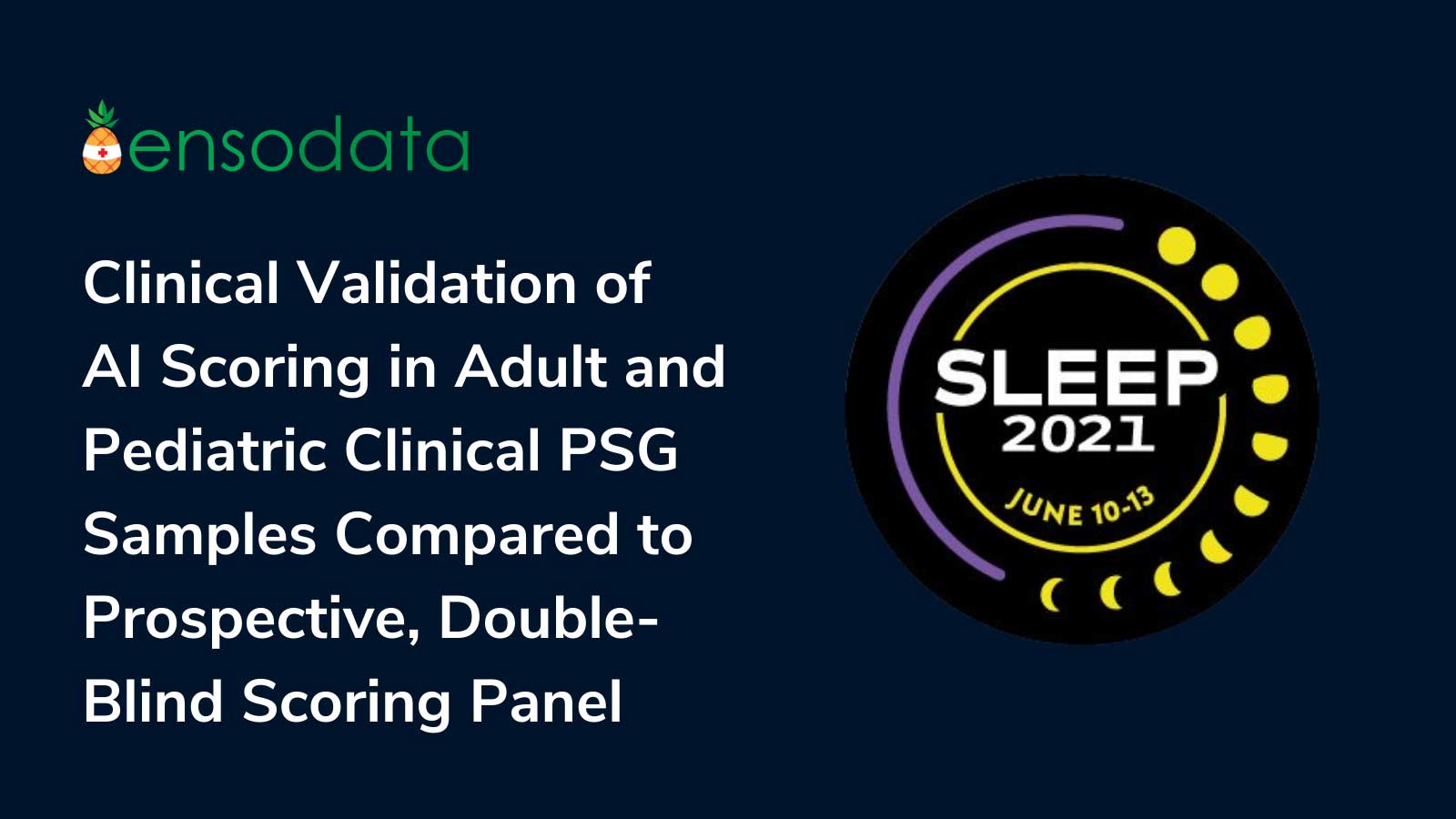
Clinical Validation of AI Scoring in Adult and Pediatric Clinical PSG Samples Compared to Prospective, Double-Blind Scoring Panel
Chris R. Fernandez, MS1 • Sam Rusk, BS1 • Yoav N. Nygate, MSc1 • Nick Glattard, MS1 • Fred Turkington,

Chris R. Fernandez, MS1 • Sam Rusk, BS1 • Yoav N. Nygate, MSc1 • Nick Glattard, MS1 • Fred Turkington,
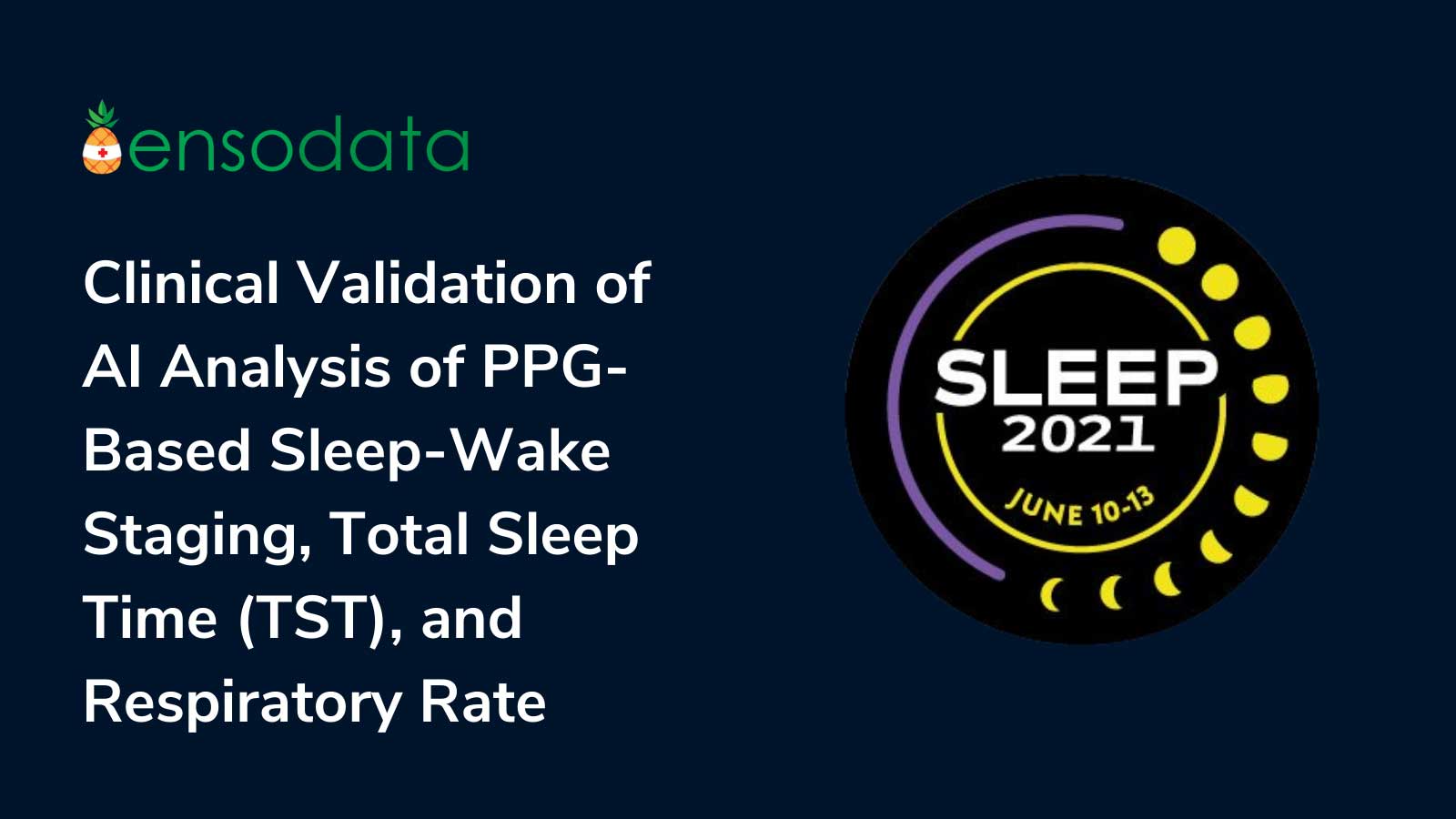
Nathaniel F. Watson, MD, MSc1 • Chris R. Fernandez, MS2 • Sam Rusk, BS2 • Yoav N. Nygate, MSc2 •
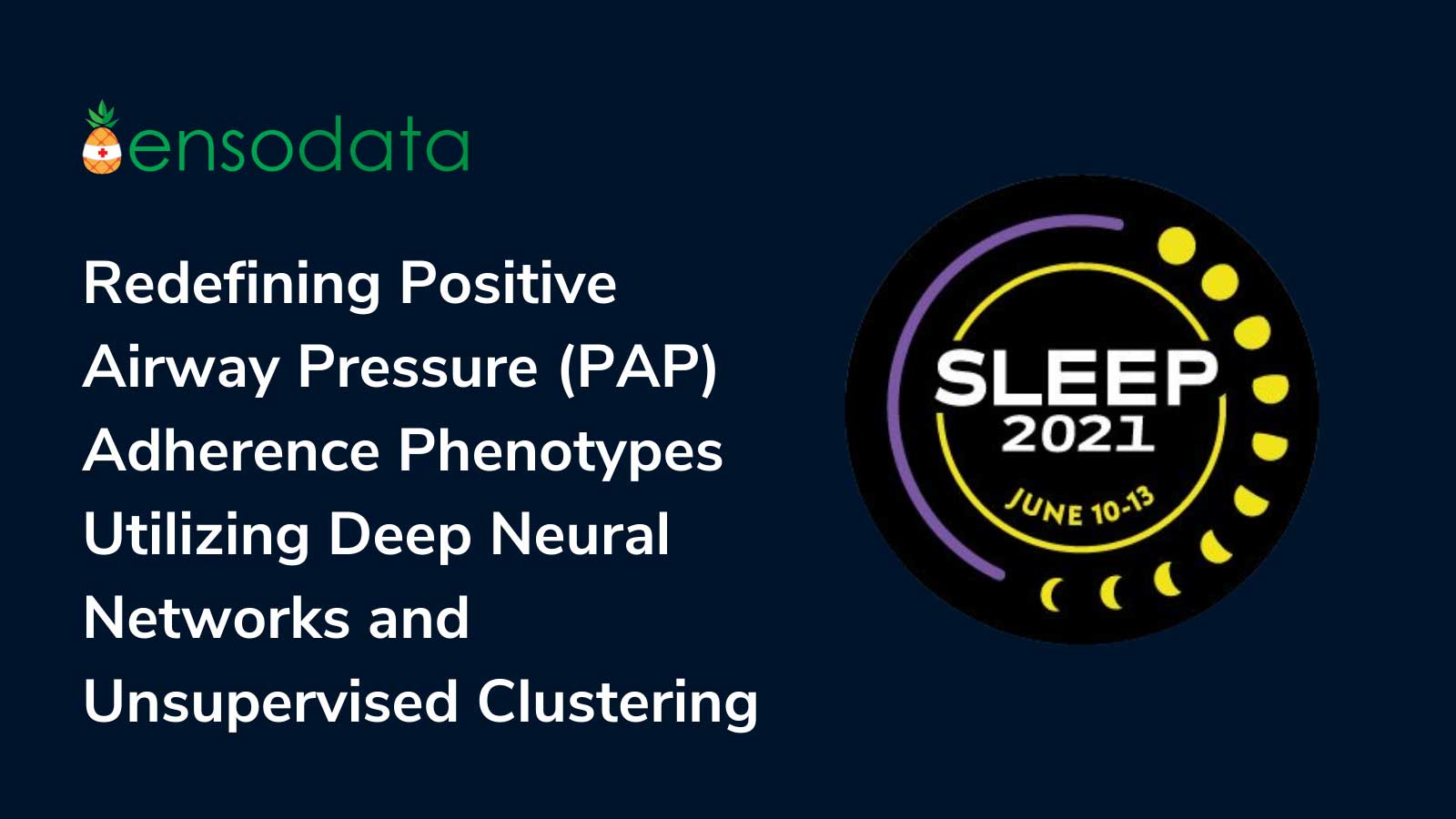
Yoav N. Nygate, MS1 • Sam Rusk, BS1 • Chris R. Fernandez, MS1 • Nick Glattard, MS1 • Nathaniel F.
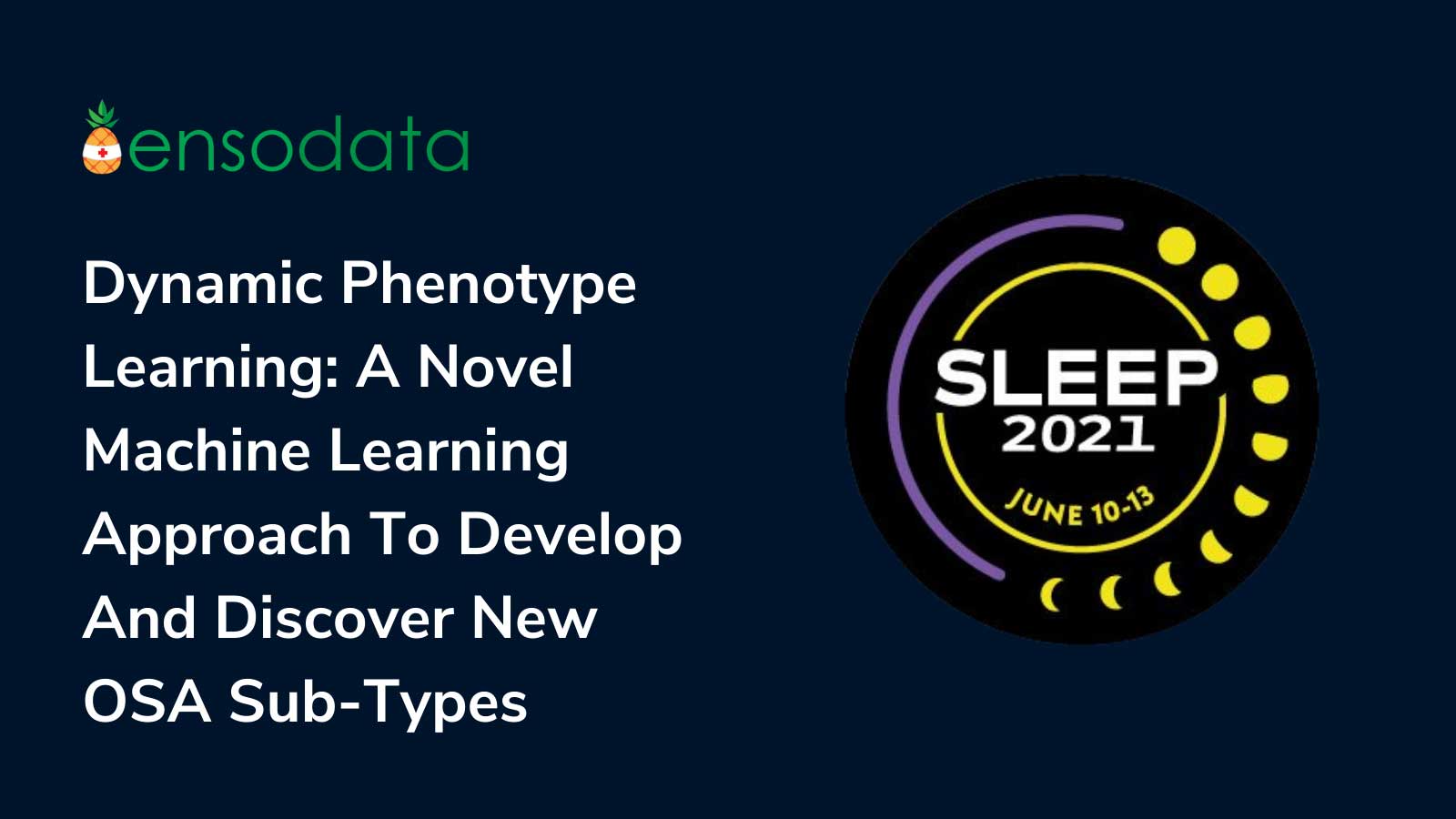
Chris R. Fernandez, MS1 • Sam Rusk, BS1 • Yoav N. Nygate, MS1 • Nick Glattard, MS1 • Jessica Arguelles,
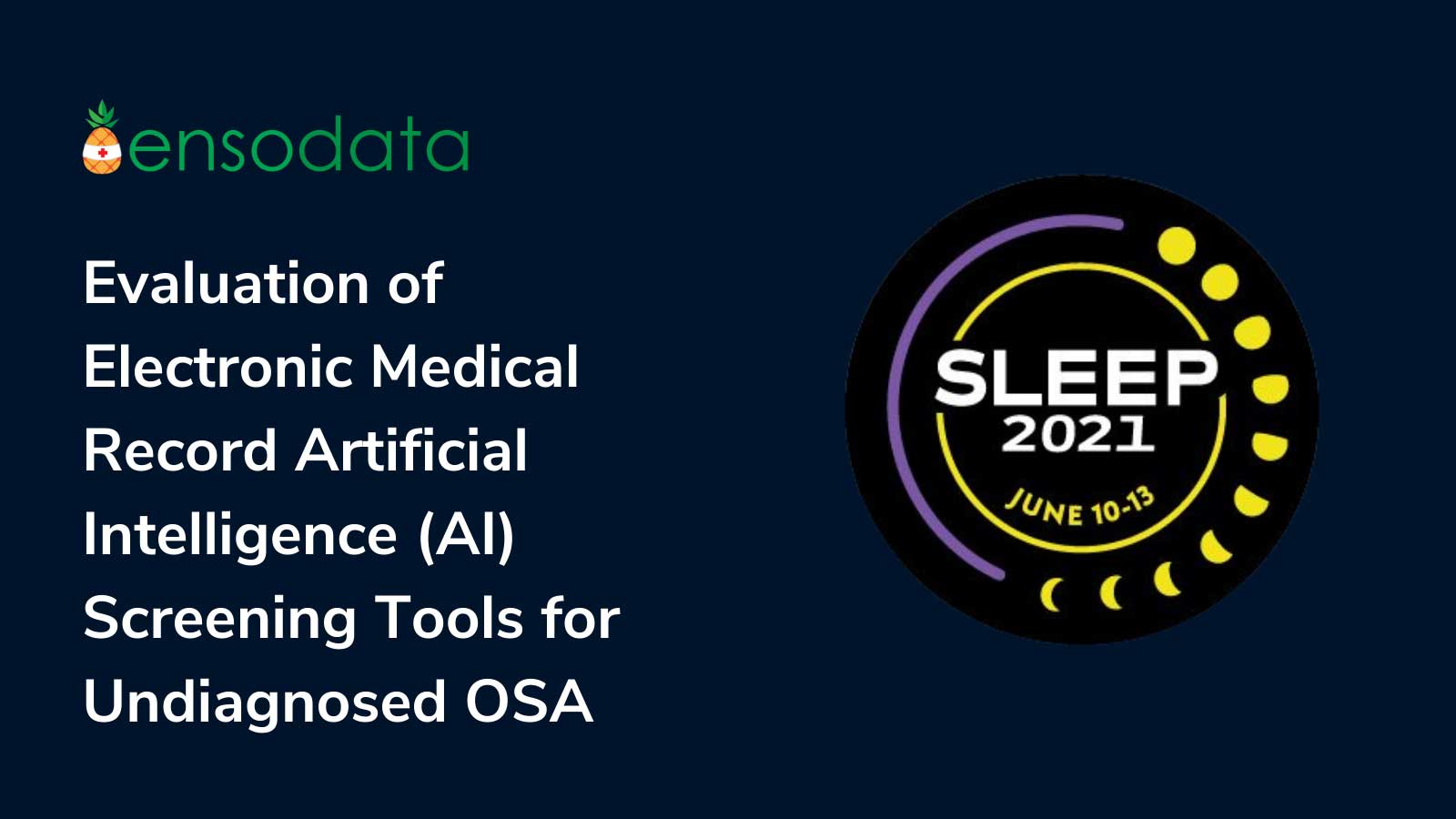
Sam Rusk, BS • Yoav N. Nygate, MSc • Fred Turkington, BS • Chris R. Fernandez, MS • Nick Glattard,
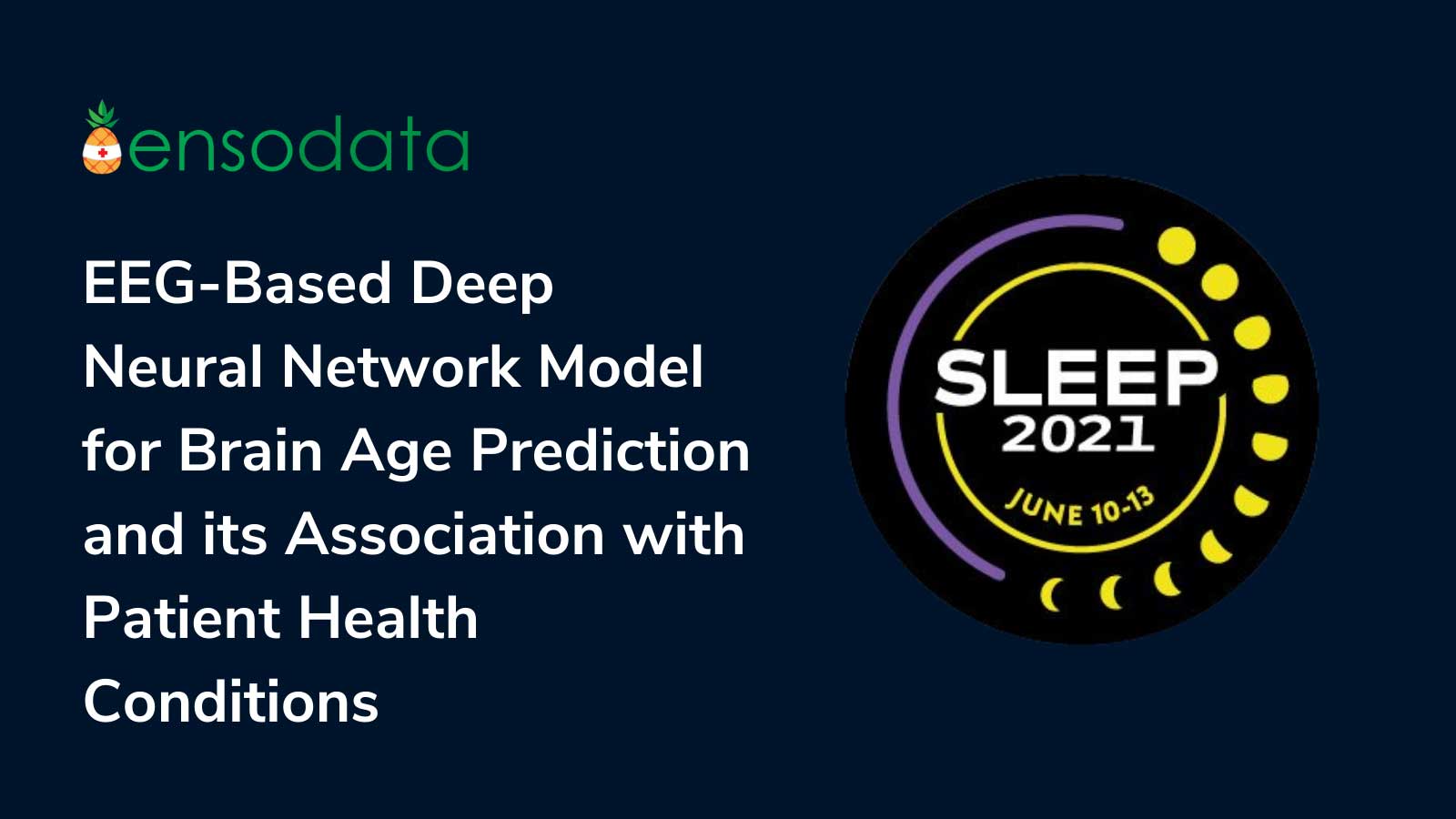
Yoav N. Nygate, MS, Sam Rusk, BS, Chris R. Fernandez, MS, Nick Glattard, MS, Jessica Arguelles, BS, Jiaxiao M. Shi,
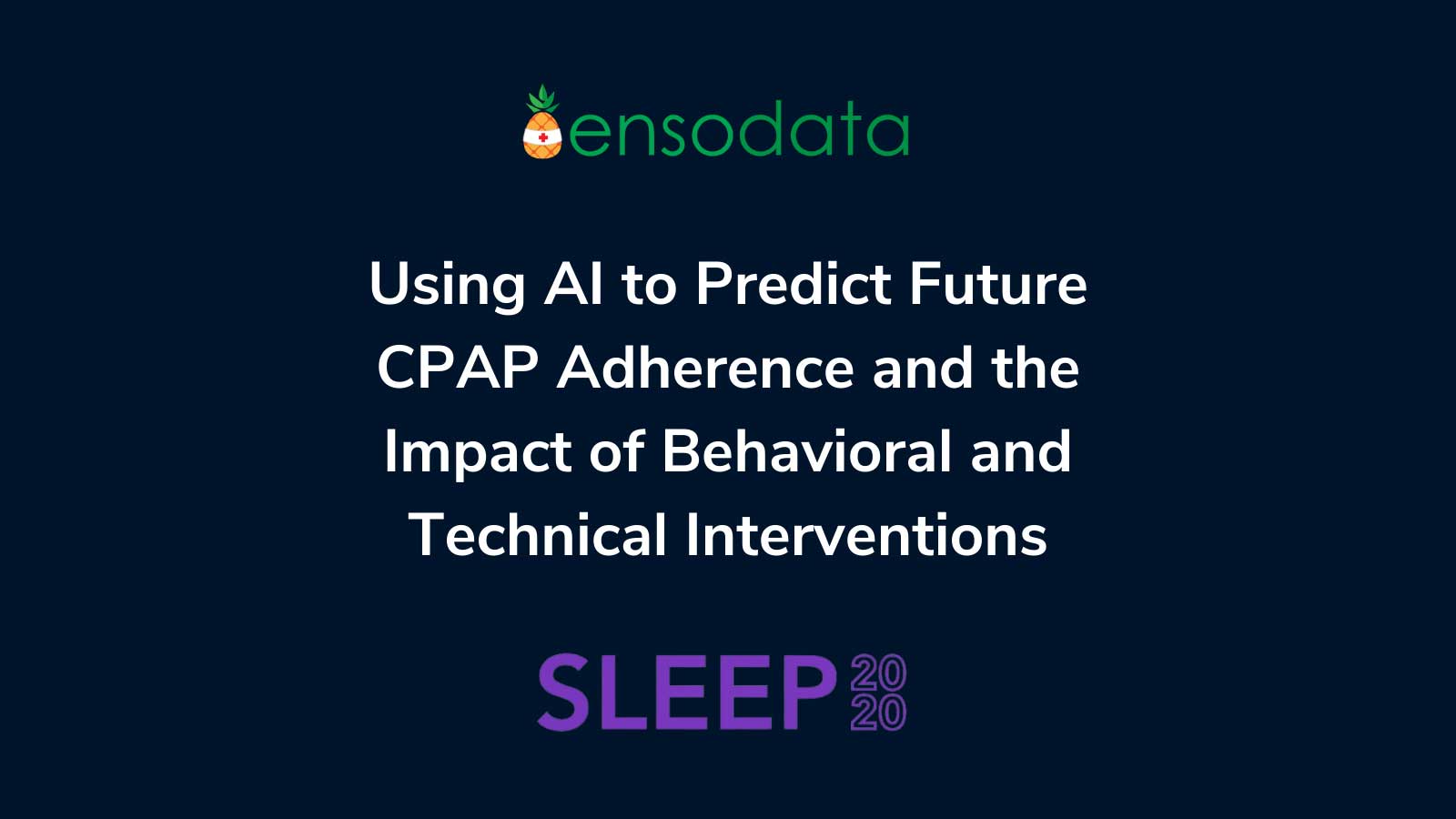
William Hevener, RPSGT • Bretton Beine, BA, RPSGT • John Woodruff • Dominic Munafo, MD • Chris Fernandez, MS1 •
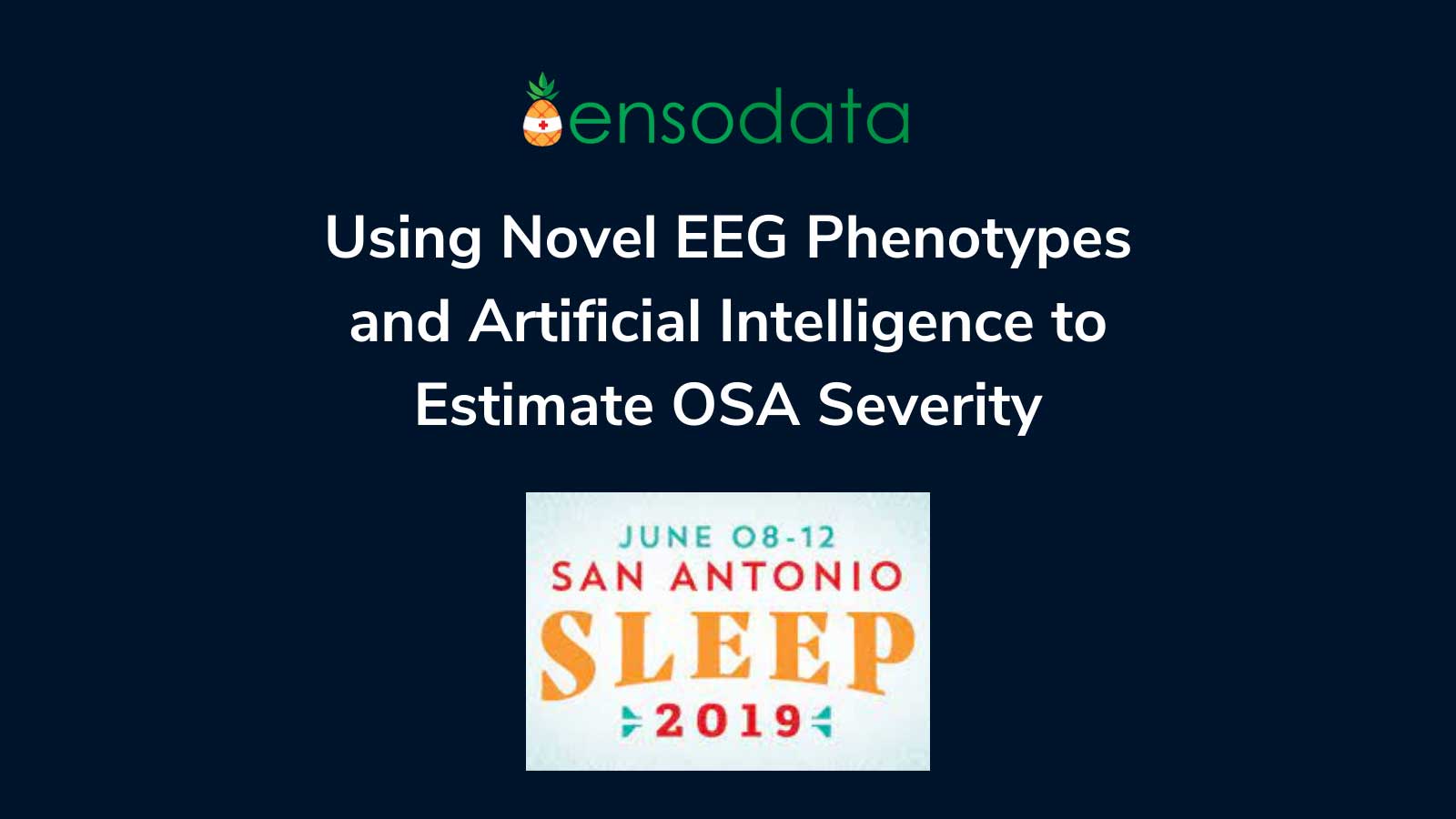
Chris Fernandez1,2 • Sam Rusk, BS1,2 • Nick Glattard, MS1,2 • David Piper, BS1 • Jonathan Solis, BS1 • Brock
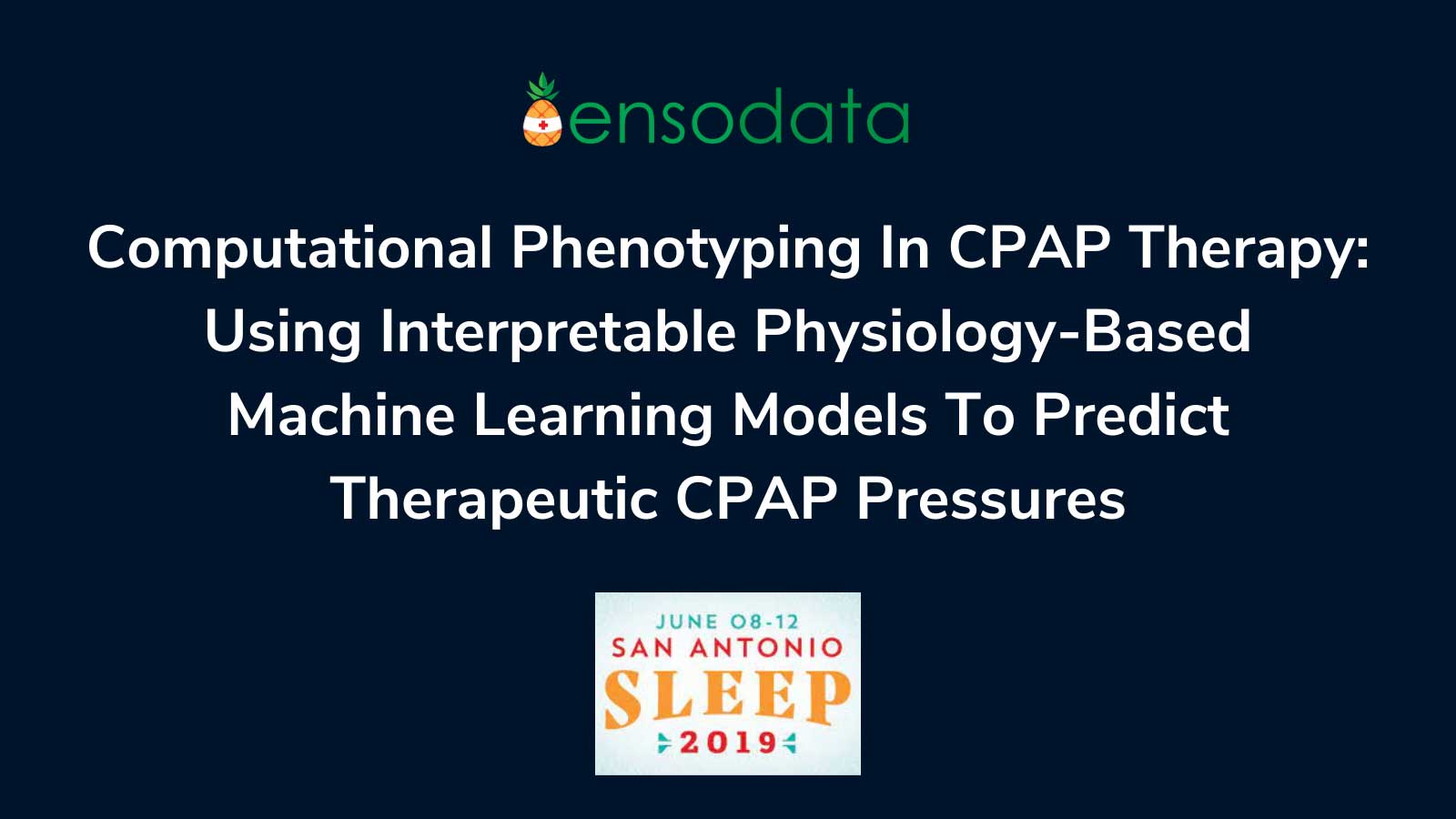
Dominic Munafo, MD1 • Bretton Hevener1 • William Hevener1 • Sam Clark, MD1 • Jeff Goe, BS1 • Chris Fernandez,
Andrea Ramberg, RPSGT, CCSH EnsoData Clinical Director

Learn More about EnsoSleep and Get Our Resources Delivered Straight to Your Inbox
"*" indicates required fields